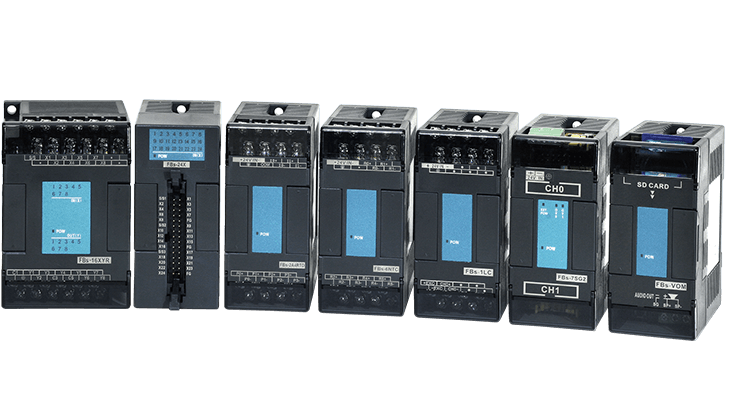1. EXECUTIVE SUMMARY
- CVSS v3 7.8
- ATTENTION: Low skill level to exploit
- Vendor: FATEK Automation
- Equipment: PLC WinProladder
- Vulnerability: Stack-based Buffer Overflow
2. RISK EVALUATION
Successful exploitation of this vulnerability could crash the device being accessed; a buffer overflow condition may cause a denial-of-service event and remote code execution.
3. TECHNICAL DETAILS
3.1 AFFECTED PRODUCTS
The following versions of PLC WinProladder are affected:
- PLC WinProladder Version 3.28 and prior
3.2 VULNERABILITY OVERVIEW
3.2.1 STACK-BASED BUFFER OVERFLOW CWE-121
A stack-based buffer overflow vulnerability can be exploited when a valid user opens a specially crafted file, which may allow an attacker to remotely execute arbitrary code.
CVE-2020-16234 has been assigned to this vulnerability. A CVSS v3 base score of 7.8 has been calculated; the CVSS vector string is (AV:L/AC:L/PR:N/UI:R/S:U/C:H/I:H/A:H).
3.3 BACKGROUND
- CRITICAL INFRASTRUCTURE SECTORS: Critical Manufacturing, Commercial Facilities
- COUNTRIES/AREAS DEPLOYED: Europe, Asia
- COMPANY HEADQUARTERS LOCATION: Taiwan
3.4 RESEARCHER
Natnael Samson (@NattiSamson), working with Trend Micro’s Zero Day Initiative, reported this vulnerability to CISA.
4. MITIGATIONS
FATEK has not responded to requests to work with CISA to mitigate this vulnerability. Users of these affected products who would like to see more responsible security are invited to contact Fatek customer support.
CISA recommends users take the following measures to protect themselves from social engineering attacks:
- Do not click web links or open unsolicited attachments in email messages.
- Refer to Recognizing and Avoiding Email Scams for more information on avoiding email scams.
- Refer to Avoiding Social Engineering and Phishing Attacks for more information on social engineering attacks.
CISA recommends users take defensive measures to minimize the risk of exploitation of this vulnerability. Specifically, users should:
- Minimize network exposure for all control system devices and/or systems, and ensure that they are not accessible from the Internet.
- Locate control system networks and remote devices behind firewalls, and isolate them from the business network.
- When remote access is required, use secure methods, such as Virtual Private Networks (VPNs), recognizing that VPNs may have vulnerabilities and should be updated to the most current version available. Also recognize that VPN is only as secure as the connected devices.
CISA reminds organizations to perform proper impact analysis and risk assessment prior to deploying defensive measures.
CISA also provides a section for control systems security recommended practices on the ICS webpage on us-cert.gov. Several recommended practices are available for reading and download, including Improving Industrial Control Systems Cybersecurity with Defense-in-Depth Strategies.
Additional mitigation guidance and recommended practices are publicly available on the ICS webpage on us-cert.gov in the Technical Information Paper, ICS-TIP-12-146-01B–Targeted Cyber Intrusion Detection and Mitigation Strategies.
Organizations observing any suspected malicious activity should follow their established internal procedures and report their findings to CISA for tracking and correlation against other incidents.
No known public exploits specifically target this vulnerability. This vulnerability is not exploitable remotely.
Source:
